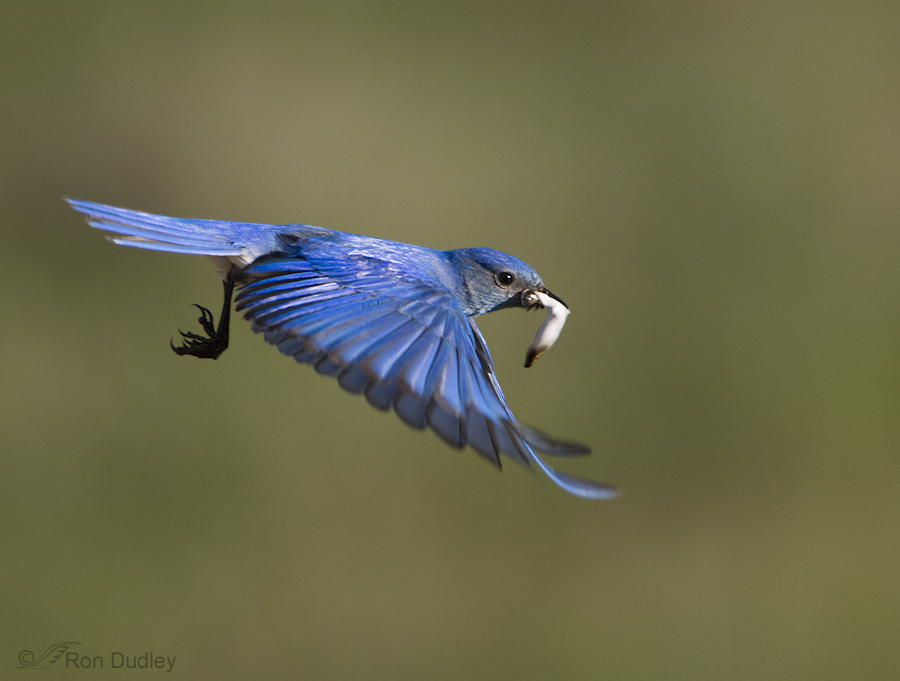Mountain Bluebirds Attending To Nesting Duties

On my recent Montana camping trip I was pleased to note that the good folks of Big Sky Country care deeply about their bluebirds. Nest boxes of every description and age seem to be abundant on both private and public land and along road corridors. Nesting season was in full swing, as were the traditional spats between Mountain Bluebirds and Tree Swallows for nesting rights to the boxes.
On these trips I can never resist photographing the bluebirds in particular as they perform their domestic duties.

